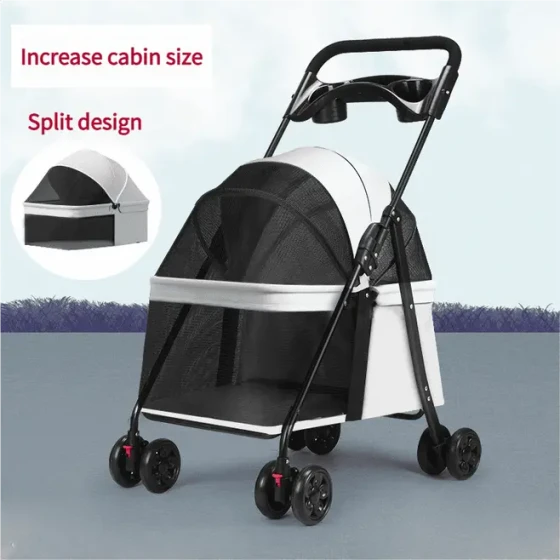Siberian Forest Cat Encyclopedia
Honestly, if you want to raise a cat that has the dominance of the king of the forest but also the gentle clinginess like a "puppy", then the Siberian Forest Cat (Siberian Cat) is definitely worth your serious consideration. Not only is it good-looking, its personality is also charming, and there are rumors that it is a "low-allergen" breed, which is a blessing for some friends allergic to cat fur — of course, we will discuss this in detail later.
Simply put, the Siberian Forest Cat is a combination of the "tough guy and warm guy" from the icy and snowy Russia, with a gorgeous and thick coat adapted to harsh environments and a strong physique, while also showing great friendliness and attachment to humans.
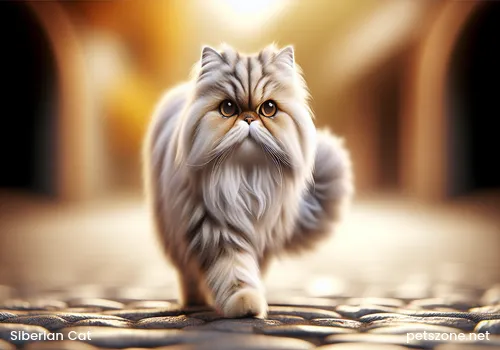
1. Distinguished Origin: The "Old Gun" from the Ice and Snow Kingdom
When mentioning the Siberian Forest Cat, we must mention its long history that can be traced back to around the year 1000 AD. Some sources even believe that they are descendants of the earliest domestic cats naturally interbreeding with local wild cats in the Siberian and Ukrainian regions, making them one of the ancestors of modern long-haired cats. This is not some carefully cultivated "showpiece" grown in a greenhouse but a truly "hardcore" breed that survived under the severe natural selection of the wild.
Their name reveals their homeland — the Siberian region of Russia. In local folklore and legends, they often appear and are even regarded as "excellent forest managers." It's like our Chinese tabby cats, a native natural breed with strong physical qualities. It was not until the 1870s that they began being formally bred as a distinct breed. Later, in the late 1980s and early 1990s, Siberian cats gradually reached the world stage, being imported to Europe, America, and other countries, and gained recognition from authoritative organizations such as The International Cat Association (TICA).
2. Appearance Is Justice? No, It’s Both Strength and Beauty
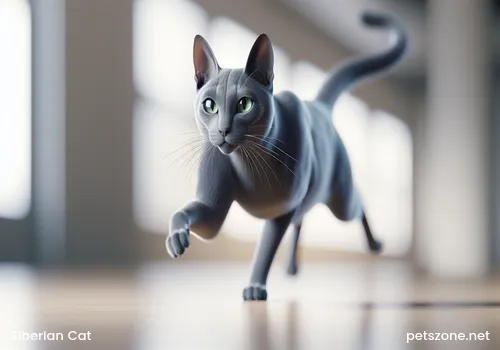
Talking about the Siberian Forest Cat’s appearance is absolutely unforgettable.
- "Heavyweight" Player: They belong to medium-large or even large cats. Male cats usually weigh between 4.5 to 9 kilograms, with some reaching 10 kilograms, while females are relatively smaller, around 4 to 9 kilograms. Though they have a large body size, they are never overweight but muscular, with strong bones and a body full of power, presenting a barrel-shaped physique overall.
- Walking "Fur Coat": To resist Siberia’s severe cold, they evolved an astonishingly thick coat. This “gear” usually has three layers: the outermost layer is smooth, somewhat coarse, and waterproof guard hair; the middle layer is wind-blocking awn hair; the innermost layer is dense and thick undercoat, excellent for insulation. Especially in winter, a thick mane grows around the neck, like a natural scarf, majestic and imposing. In summer, to adapt to temperature changes, they shed some of the undercoat, making their hair appear shorter.
- “Round” and Full Face: The head is medium-sized, wide, and triangular but with a rounded, soft overall contour and a flattened top. The eyes are large, almost round, spaced wide apart, slightly slanted, with various colors—common ones are green, gold, yellow-green, and the pointed color (Neva Masquerade) Siberians have characteristic blue eyes. Their muzzle is full and rounded, the nose is wide between the eyes, then narrowing toward the tip, possibly with a slight hook.
- Extraordinary Details: The ears are medium-sized with rounded tips and longer inner ear hair, and some individuals have beautiful “lynx tips” (tufts at the ear tips). Their limbs are robust; the hind legs are slightly longer than the front legs, giving their back a slight arch, which grants them impressive jumping ability and agility. The paws are large and round, with long fur between the toes, which is not only cute but also helps prevent slipping and keeps them warm when walking on snow. The tail is moderately long with a wide base and extremely thick, fluffy fur, swinging like a furry brush.
It’s worth mentioning that Siberian Forest Cats come in a very rich variety of colors, covering almost all cat color and pattern combinations, including but not limited to black, blue, red, cream, silver, gold, smoke, etc., along with various tabby patterns (classic tabby, mackerel tabby, spotted tabby), and bicolor, tricolor, etc. They are also the only forest cat breed recognized by mainstream associations with pointed coloration. This pointed-color Siberian cat is called the “Neva Masquerade” or simply “Neva Cat.”
3. Gentle Giant: Irresistible Personality Charm
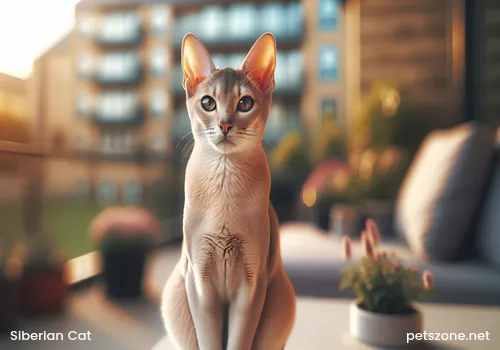
Don’t be “fooled” by their mighty appearance; inside, the Siberian Forest Cat lives as a little sweetheart.
- Clingy "Little Shadow" Who Loves People: They are very friendly and attached to humans, enjoy interacting, and are highly social cats. They will follow their owners around the room and love to participate in all aspects of family life.
- Smart, Lively, and Active: Siberians are very intelligent, curious, and love to explore and adventure. They enjoy playing and show great interest in teaser toys and puzzle toys. Due to their natural outstanding climbing and jumping abilities, providing cat trees or high spaces keeps them endlessly entertained.
- Gentle, Calm, and Good-natured: Although large in size, their temperament is exceptionally gentle, steady, and kind-hearted. They tend to be patient, friendly with children and other pets, and can coexist harmoniously, making them excellent for multi-cat households.
- Independent but Not Aloof: They enjoy their family’s company but can also quietly stay alone when owners are out. Interestingly, some sources say Siberian cats have strong group consciousness and family bonds, with claims of being “monogamous,” where the male helps the female care for the kittens. Of course, this is more descriptive of their social nature rather than a strict scientific fact.
- "Chatterbox" Trait: Their voice is usually soft and pleasant; they like to communicate with a unique "chirping" or trill rather than a rough meow.
There are even claims that Siberian Forest Cats are not afraid of water, likely due to their waterproof coat. Some particularly curious individuals will actively explore the bathroom.
4. How to "Serve" This "King of the Forest" Well?
Though born a "tough guy", as pets, careful care will help them better integrate into family life.
- Diet Is Fundamental: As a large breed with relatively high activity levels, high-quality protein and fat are crucial. Choose nutritionally balanced complete cat food and adjust feeding amounts according to age, activity, and health to avoid obesity. Adequate, clean drinking water is essential; consider using circulating water fountains to encourage drinking.
- The "Fur Kid" Maintenance: That gorgeous coat is not just for show; it needs regular grooming. It is recommended to brush at least 2-3 times weekly, and more frequently during shedding seasons (spring and autumn) to prevent matting and reduce hairballs. Though their outer coat is somewhat waterproof, regular bathing (not overly frequent depending on actual needs) with cat-specific products is also a good way to maintain cleanliness.
- Exercise and Play Are a Must: Provide sufficient space and climbing facilities such as cat trees and high platforms to satisfy their climbing and exploring nature. Prepare interactive or puzzle toys; these not only expend their energy but also enhance bonds with owners.
- Health Protection: As a natural breed, Siberians generally have good overall health and strong adaptability. However, some potential health issues should be monitored, such as hypertrophic cardiomyopathy (HCM), which some catteries watch as a genetic disease, though the risk may be only slightly elevated. Minor digestive and eye issues have also been occasionally reported. Regular vaccinations, deworming, and annual health checks are essential. Dental care should not be neglected; regular brushing or dental products can prevent tartar and oral diseases.
- Environment Adaptation: Originating from cold regions, they are highly tolerant of low temperatures but need attention for heat and humidity during hot summers, ensuring a cool and comfortable environment.
5. The Myth of "Low Allergenicity"
This may be a major reason many people notice the Siberian Forest Cat. It is indeed said that the Fel d1 protein — the main allergen in cat saliva causing human allergic reactions — is lower in Siberians than in other breeds. This makes them potential choices for families who are allergic to cat fur but still desire a cat.
But, pay attention! "Low allergenicity" does not mean "completely non-allergenic." Firstly, there are individual differences; not all Siberian cats have equally low Fel d1 levels. Secondly, allergic reactions vary among people; some may still react to lower allergen concentrations. Therefore, if there is a known history of cat allergies in the household, the safest approach before deciding to raise a Siberian cat is to communicate with the cattery and try actual contact tests to see if allergic reactions occur.
6. Price Range?
Talking about price, the cost of a purebred cat varies greatly depending on pedigree, appearance, cattery reputation, and location. According to some domestic catteries and pet platforms, pet-grade Siberian Forest Cats may cost between RMB 8,000 to over 20,000, while show or breeding-grade prices tend to be higher. (This price range is for reference only; please consult professional catteries for actual pricing.)
7. Face-off with the “Forest Breed” Siblings
People often confuse Siberian Forest Cats with Maine Coons and Norwegian Forest Cats, two other large, long-haired "forest breed" cats. Though there are similarities in appearance, each has its own features:
- Body Size: Generally, Maine Coons are the largest among the three, especially in length; Norwegian Forest Cats come next; Siberian Forest Cats tend to be slightly more "compact," though still heavy.
- Face Shape: Maine Coons have more wedge-shaped faces with square muzzles and sturdy chins; Norwegian Forest Cats’ faces are equilateral triangle-shaped, with a nearly straight profile from forehead to nose tip; Siberians have rounder heads and short, full muzzles.
- Ears: Maine Coons' ears are very large and positioned higher, with typically obvious ear tufts (lynx tips); Norwegian Forest Cats also have large ears and common ear tufts; Siberians have medium-sized ears, broader set, with comparatively rounder tips.
- Eyes: Maine Coons have large oval eyes; Norwegian Forest Cats have almond-shaped eyes, slightly slanted upward; Siberians have large, nearly round eyes with outer corners slightly tilted toward the ear base.
- Coat: All three have thick coats, but Siberian Forest Cats usually have denser undercoats to adapt to extreme cold, and their fur may feel softer and finer.
Of course, these are general distinguishing features, and individual variations always exist. The most accurate identification requires pedigree certificates and professional knowledge.
In summary, the Siberian Forest Cat, with its long history, majestic yet adorable appearance, and "dog-like" gentle personality, has captured the hearts of many. They are not just pets but loyal, interesting, and warm companions in families. If you are touched by this "fluffy gentle giant" from the ice and snow kingdom and are ready to dedicate your time, energy, and love to it, it will surely bring you endless joy and company.
References:
- Stinky Cat Zoo, "Comprehensive Analysis of Siberian Forest Cat Prices, Personality Traits, and Raising Tips"
- Is the Siberian Forest Cat Easy to Raise - (Related Website)
- Royal Canin, "Understanding Siberian Cats"
- Vanaland Siberian Forest Cattery, "Sisen Introduction"
- Sina, (2018-02-24), "Characteristics, Personality, and Care Methods of Siberian Forest Cats!"
- Sina, (2020-09-17), "A Look at the Well-behaved, Walkable, Affectionate Siberian Forest Cat"
- NetEase, (2022-10-04), "Differences among Maine Coon, Norwegian Forest Cat, and Siberian Forest Cat"
- Bul Pharma, "Siberian Forest Cat"
- Sina, (2022-01-17), "Russia’s Treasure Cat — Siberian Forest Cat"
- Wikipedia, "Siberian Cat"
- Cat Fan, "Siberian Forest Cat"
- Taobao Malaysia, "Siberian Forest Cat Purebred Kitten Live Neva Color Long-haired Large Sisen Norwegian Forest Bloodline Cattery"
- Ge Jin Anthology, "Differences Among Siberian Cat, Norwegian Forest Cat, and Maine Coon"
- Best Pets Network, (2023-09-25), "How to Care for Siberian Forest Cats?"
- Taobao Good Products Network, (2025-03-15), "Revealing the Siberian Forest Cat: From Sisen to the Amazing Journey as a Live Pet"
- Catnet, (2023-03-30), "Siberian Cat Breed Standard"
- Pouliforest Siberian Forest Cattery, (Website Information)
- Knowledge Growth, "Cat Breed Lover: Siberian Forest Cat", (Platform Article, 2022-01-07)

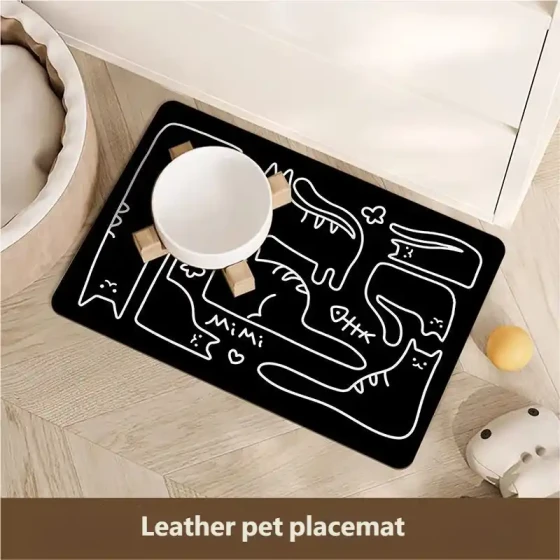
-560x560.webp)
-560x560.webp)

